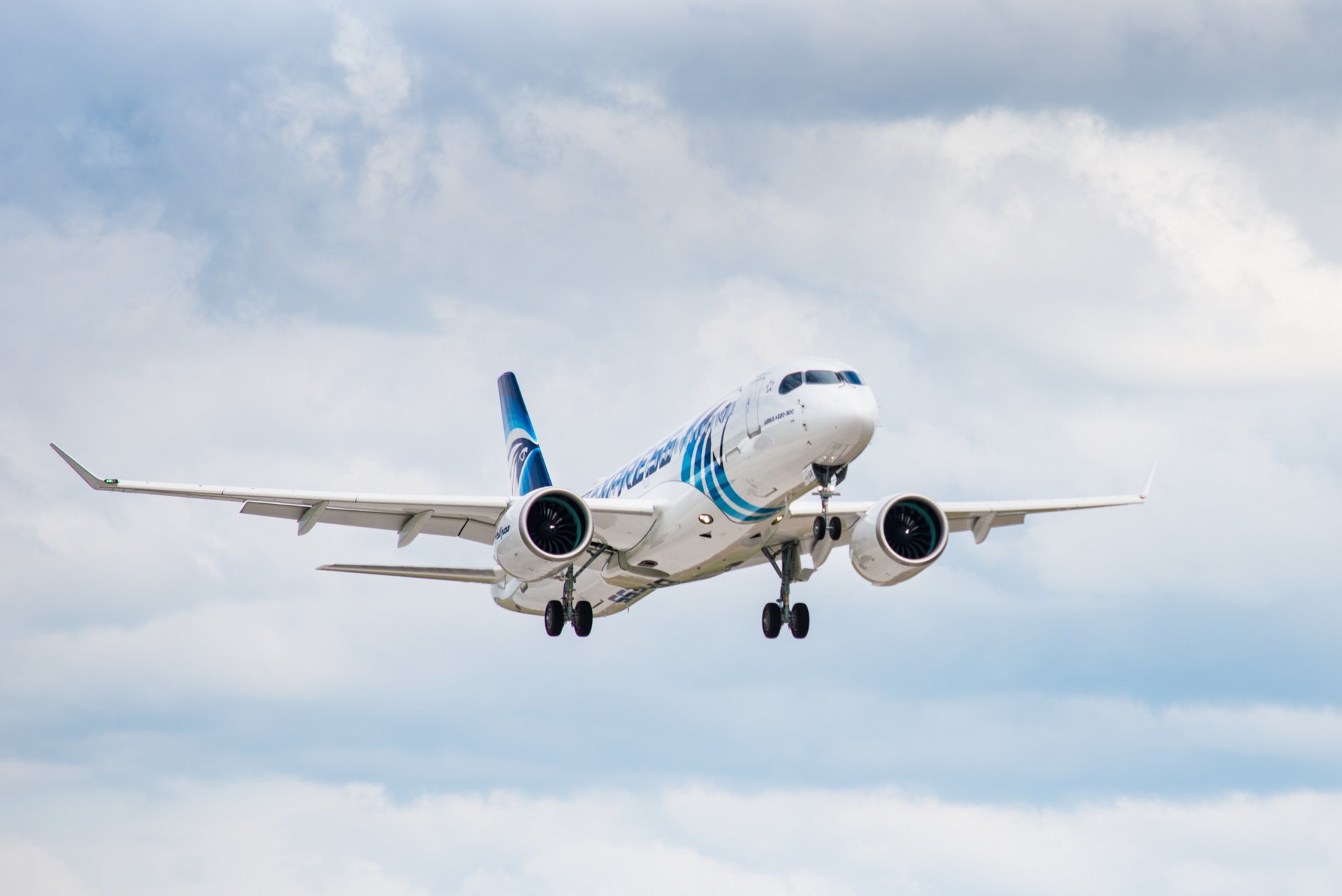China growth expectations are continuing to fall, hurting demand for new Airbus and Boeing aircraft, says Bloomberg analysts George Ferguson and Francois Duflot.
Growth projections for China have been revised downward to 6.2% in 2019 and to sub-6% in 2020, with down-side risks rising as more US tariffs take effect. Slower growth has less impact near term as the Boeing Max grounding masks effects. Longer term, spare-parts demand could also be affected as air travel slows in China and the broader Asia Pacific on ripple effects.
Engine and parts makers such as General Electric, United Technologies, Safran, MTU and Rolls-Royce can expect slower demand growth for the high-margin spare-parts business if global air travel growth remains at about 5% levels once the Max is returned to service, as it is likely older aircraft would be parked.
The analysts state that slowdown in China is hurting Airbus and Boeing aircraft sales, pushing book-to-bills below 1x and dampening investor expectations for further production-rate increases.
China accounts for delivery of at least 25% of Boeing 737s and Airbus A320s, the highest profitability and cash-generating airplanes in each company's lineup. The importance of China leaves the airframers especially vulnerable to the recent malaise, which we believe will hurt sales at least into 2020. Book-to-bill below 1x will likely slow plans for additional production-rate increases, a key factor behind better profit and investor sentiment.
China's slowing economy will ripple through the Asia-Pacific region, Ferguson and Duflot says, with slow growth in Rolls-Royce maintenance income resulting from reduced flight hours and parked fleets. Asia-Pacific accounts for more than 40% of the Rolls-Royce-powered large aircraft fleet; China and Hong Kong account for a bit less than 50% of that number. Many of the newer engines book revenue under hourly maintenance contracts so cash-flow effects are sooner. As China decelerates, air-travel growth will follow, squelching maintenance gains.
The parked percentage of the A330, one of Rolls-Royce’s most important maintenance contributors, has risen significantly to more than 5%. Boeing's 757, the next-largest fleet for Rolls-Royce, has more than 13% of the fleet parked. Many are on time-and-material contracts and nearing the end of service.
Damage to Cathay Pacific's business from a slowing economy, a boycott by Chinese companies and as fliers avoid Hong Kong due to recent protests, will hurt Rolls-Royce as well and could put another dent in Boeing's 777 backlog. Cathay largely operates Rolls-Royce Trent engines, which power 83 of 155 planes in its fleet. The unrest could lead to fewer flights as travellers shun Hong Kong, which would hurt Rolls-Royce's maintenance business. GE has exposure to 65 747s and 777s flown by Cathay.
In the backlog, Boeing is exposed and could see 777 deliveries delayed or cut if Cathay decides to slow fleet growth. It's likely that a good portion of the order book is for growth, as most of the fleet is quite young, averaging almost nine years. The oldest assets are Trent-powered 777s, which are about 18 years old on average.
In addition, Ferguson and Duflot say that the slowing growth in Chinese flight hours, which will ripple through the Asia-Pacific region, will affect increases in maintenance revenue for both the V2500 and CFM56 engine fleets about equally. Both have about 20% of their engines operating in China and about 30% in the region for CFM and 40% for the V2500. About 60% of V2500s, built by United Technologies, Rolls-Royce and MTU are operated under a Flight Hour Agreements (FHA) which would accelerate cash flow effects of slower growth as airlines pay by flight hour rather than shop visits. The GE/Safran-made CFM56 will see more of the effect in slower maintenance visits as 20% of the global CFM56 fleet operate under FHAs.
The LEAP engine, CFM56's successor, may have similar FHA concentrations as CFM International targets more than 60% by 2023.

